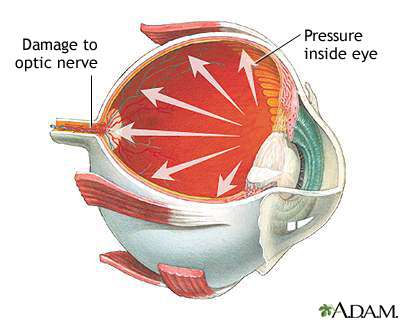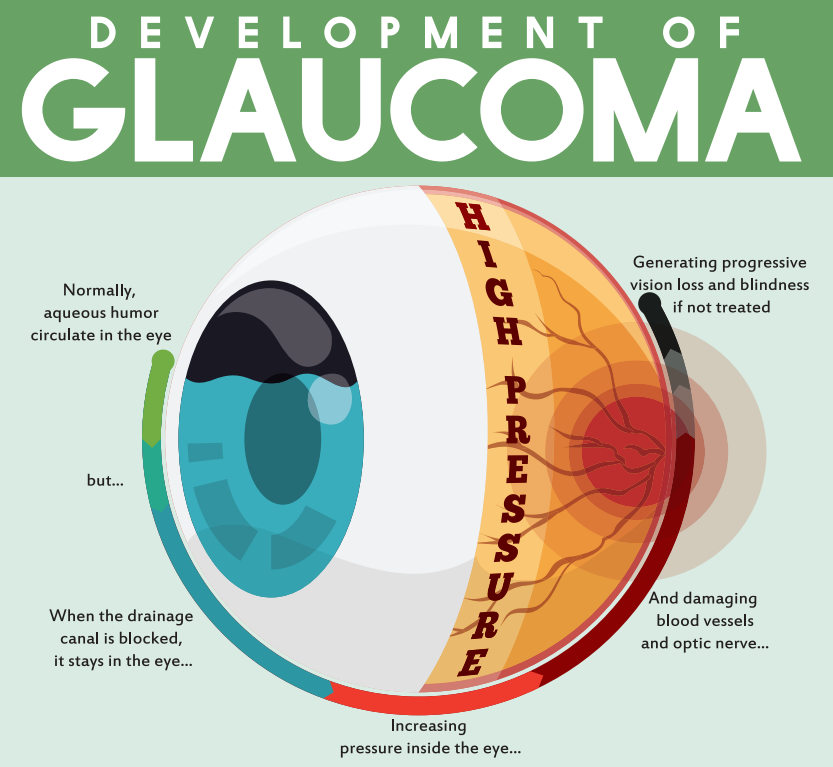Experienced Retina Service Near Me: Comprehensive Eye Treatment Solutions
Experienced Retina Service Near Me: Comprehensive Eye Treatment Solutions
Blog Article
Recognizing the Different Vision Correction Procedures Available for Clearer Sight
In the world of vision modification procedures, a multitude of alternatives exist to address refractive errors and supply individuals with more clear sight. From the widely acknowledged LASIK surgical procedure to much less intrusive treatments like PRK and implantable lenses, the field of ophthalmology uses an array of methods customized to match different requirements and choices. Each treatment comes with its own set of factors to consider, benefits, and potential threats. Comprehending the nuances of these vision adjustment methods is important for making informed decisions regarding one's aesthetic wellness. Let's discover the intricacies of these treatments and lost light on the path to achieving improved vision clearness.
LASIK Surgical Treatment
LASIK surgery is a typical refractive procedure utilized to fix vision troubles such as astigmatism, farsightedness, and nearsightedness. This surgical strategy, which stands for Laser-Assisted in Situ Keratomileusis, intends to reshape the cornea to improve just how light is concentrated on the retina, ultimately enhancing vision clearness.
One of the main advantages of LASIK surgery is the quick improvement in vision experienced by clients. Several people see a considerable enhancement in their eyesight instantly after the treatment. Furthermore, the majority of people report very little pain and discomfort throughout the surgery and recuperation period. The healing time for LASIK is reasonably quick, with several individuals going back to their everyday activities within a day or 2 post-operation. In general, LASIK surgical treatment is a preferred choice for individuals seeking a lasting remedy for their vision issues.
PRK Treatment
While additionally an usual refractive treatment, the PRK (Photorefractive Keratectomy) method varies from LASIK surgical procedure in its strategy to dealing with vision issues. In PRK, rather than creating a flap on the cornea, the outer layer of the cornea, called the epithelium, is totally removed. This enables the laser to reshape the cornea to correct refractive errors such as nearsightedness, astigmatism, and farsightedness straight externally.

In spite of the longer recovery time, PRK can generate exceptional lead to vision improvement, making it a useful option for those that might not appropriate prospects for LASIK surgery.
Implantable Lenses
As opposed to PRK where the cornea is reshaped straight, implantable lenses provide another approach for fixing vision by putting man-made lenses inside the eye. This treatment is particularly advantageous for people with high levels of farsightedness, astigmatism, or nearsightedness who might not be appropriate candidates you could try here for laser surgeries like LASIK or PRK.
Implantable lenses, likewise referred to as phakic intraocular lenses, work by supplementing the eye's all-natural lens with a man-made one. retina service near me. These lenses can be positioned in front of the natural lens (anterior chamber) or behind the iris and in front of the natural lens (posterior chamber) By changing the power and positioning of these lenses, eye doctors can effectively deal with refractive errors and improve visual acuity
One advantage of implantable lenses is that they are detachable and exchangeable, offering adaptability for future modifications. Nonetheless, as with any operation, there are risks entailed, such as infection or cataract development. People taking into consideration implantable lenses ought to speak with an eye treatment expert to identify one of the most appropriate option based upon their private needs and eye health and wellness.
Corneal Rings
Corneal rings, also referred to as intracorneal ring segments, are tiny, transparent tools placed right into the cornea to fix vision distortions such as keratoconus. Keratoconus is a condition where the cornea thins and protrudes outward, creating vision to come to be distorted. The insertion of corneal rings helps to flatten the cornea, enhancing visual acuity and minimizing the uneven astigmatism brought on by keratoconus.
The treatment for putting corneal rings is fairly quick and minimally invasive, typically executed as an outpatient treatment. Throughout the surgery, the ophthalmologist makes a little incision in the cornea and inserts the rings at a particular deepness. As soon as in position, the rings aid to improve the cornea, giving a smoother surface area for light to go into the eye, which can result in clearer vision.
Corneal rings are thought about a reversible procedure, as they can be gotten rid of or changed if required. glaucoma service near me. While they might not totally get rid of discover this the requirement for glasses or call lenses, corneal rings can considerably enhance vision high quality and general aesthetic convenience for people with keratoconus or various other corneal irregularities
Refractive Lens Exchange
Complying with the improvement of corneal irregularities with treatments like corneal rings, an additional vision adjustment method that can address refractive mistakes is Refractive Lens Exchange (RLE) RLE is a surgical procedure that entails changing the eye's natural lens with a man-made intraocular lens (IOL) to fix refractive mistakes such as farsightedness, presbyopia, and nearsightedness. This treatment is particularly useful for individuals that might not be appropriate prospects for procedures like LASIK or PRK because of variables such as slim corneas or high refractive errors.

Verdict
In verdict, there are numerous vision improvement treatments offered to assist people accomplish clearer sight. LASIK surgical treatment, PRK procedure, implantable lenses, corneal rings, and refractive lens exchange are all choices that can attend to directory various vision concerns.
In the world of vision improvement treatments, a plethora of alternatives exist to address refractive mistakes and provide individuals with clearer sight.LASIK surgical treatment is an usual refractive treatment utilized to fix vision issues such as farsightedness, nearsightedness, and astigmatism.While additionally a common refractive procedure, the PRK (Photorefractive Keratectomy) method varies from LASIK surgery in its strategy to fixing vision issues.Following the adjustment of corneal abnormalities with treatments like corneal rings, an additional vision correction technique that can address refractive mistakes is Refractive Lens Exchange (RLE) LASIK surgical procedure, PRK procedure, implantable lenses, corneal rings, and refractive lens exchange are all choices that can deal with various vision problems.
Report this page